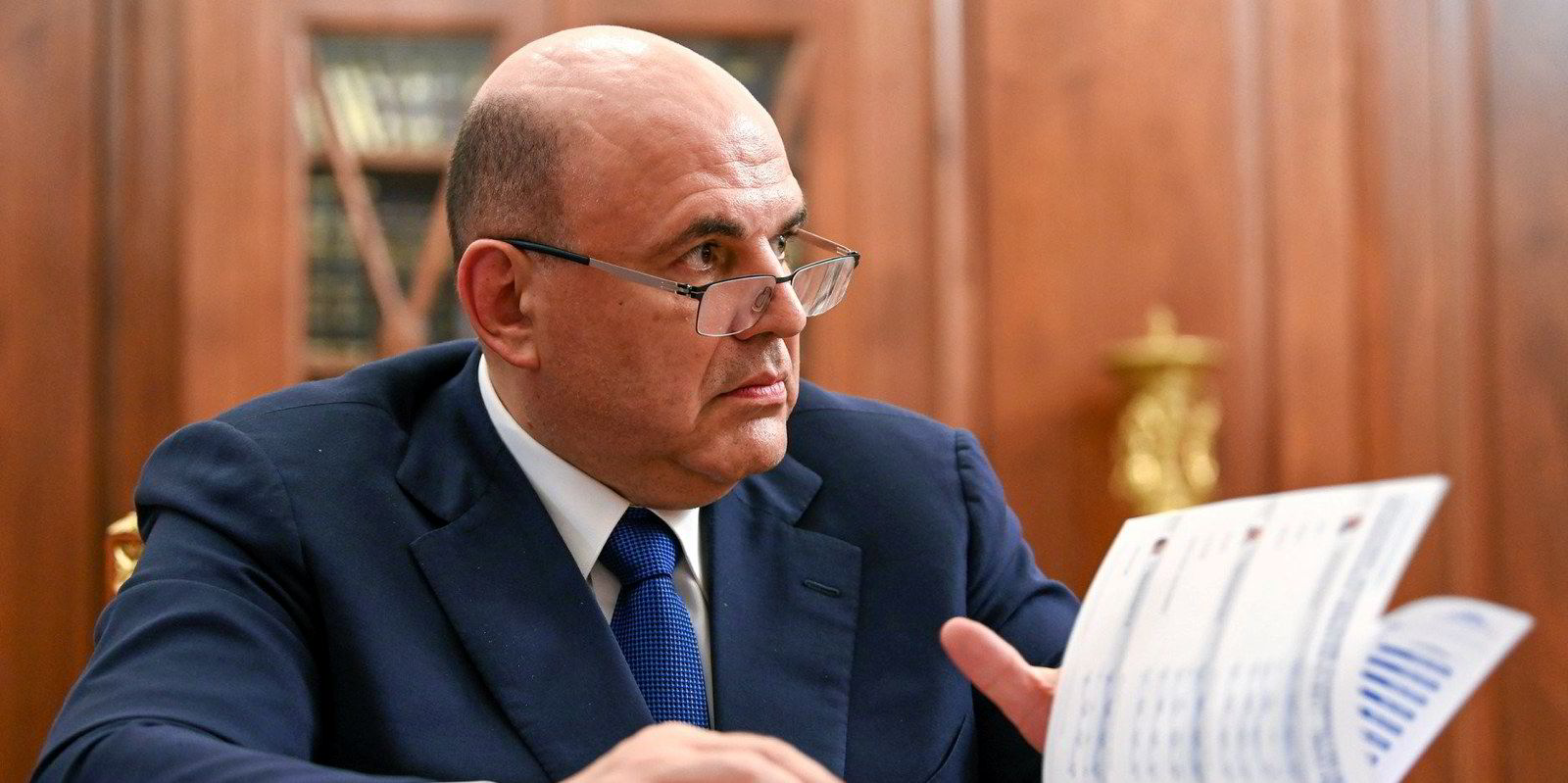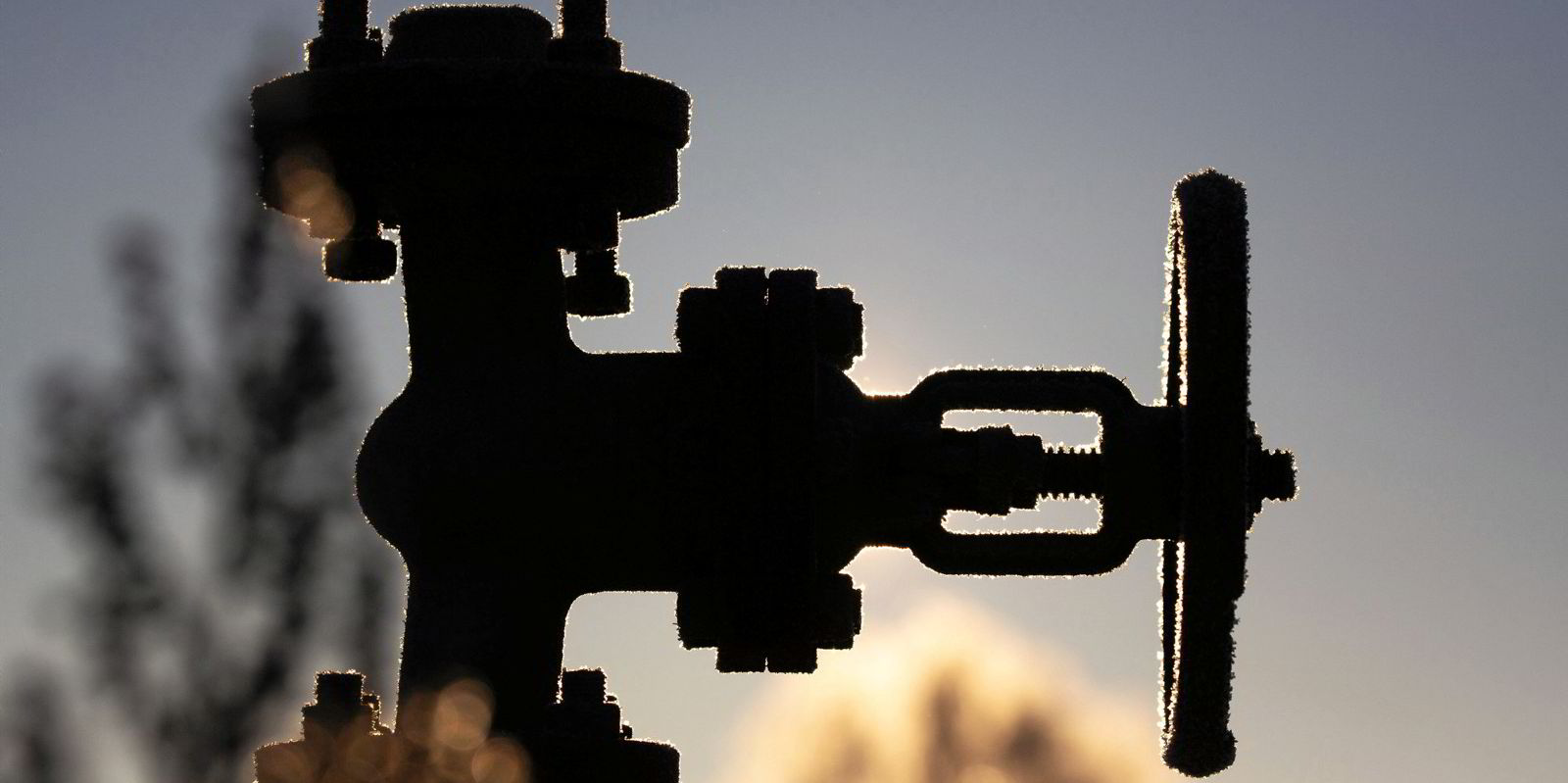A new stage of the G7-led price cap strategy is aimed at forcing Vladimir Putin to build a “costly alternative ecosystem” of tankers to haul Russian oil, a senior US official says.
Eric Van Nostrand, the Treasury’s acting assistant secretary for economic policy, said the G7 is starting a new phase in its efforts to restrict Russian fossil fuel revenues, 10 months on from the launch of the oil price cap.
The US imposed sanctions on two ships with European and US links last week in the first sign that it is targeting G7-linked shipping suspected of hauling Russian oil above the price cap.
Urals crude, Russia’s main export grade, broke through the price cap ceiling of $60 in July and has remained above that level. G7 shipping interests can haul Russian oil only if it sells below $60 per barrel, or they risk breaching sanctions.
The sanctions were laid against the Turkish-owned, 115,900-dwt Yasa Golden Bosphorus (built 2007) for allegedly shipping ESPO crude from Kozmino at $80 per barrel and the 157,300-dwt suezmax SCF Primorye (built 2009) for hauling Novy Port crude at $75 per barrel.
The Biden administration said both ships had links to US service providers, which were not disclosed.
Yasa Holdings, the ultimate owner of the Yasa Golden Bosphorus, said the ship was wrongly targeted and the company would appeal against the ruling.
Van Nostrand said the decisions showed that Moscow must choose between accepting a discount on its crude by selling it below $60 per barrel with G7 service providers or incurring “tremendous costs” to build a new shipping ecosystem.
“Our approach was precisely designed to force Russia to make hard choices,” he said in comments to the Washington DC-based think-tank the Brookings Institution.
“They could abide by the cap that we set and sell energy at a considerable discount, or they could invest massively in a shadow fleet.”
Van Nostrand claimed the price cap had successfully cut Russian revenues from energy exports by 44% compared with last year and kept global oil prices stable. But US Treasury secretary Janet Yellen admitted earlier this month that the price rises had made the scheme less effective.
Data from the International Energy Agency suggests much smaller declines in Russian oil revenue than claimed by the US official.
Russian oil export revenue averaged $15.7bn per month in 2021, $19.6bn per month in 2022 and $14.9bn per month on average so far this year, according to the IEA, whose reports have played a role in shaping the price cap policy.
That represents a 24% decline in revenues in 2023 from last year. But with surging oil prices, Russian revenues hit $18.8bn in September — a rise of $1.8bn on the month and their highest level since July 2022, according to the IEA.

Analysts predict that high prices are set to continue amid the continued supply squeeze by Saudi Arabia and Russia. Urals is currently trading at $77.65 per barrel, according to US-based Trading Economics.
Russia has been able to move its oil through the rapid growth of a “shadow” fleet of tankers, along with G7-linked shipping operating within the price cap framework.
A new wave of owners entered the market, some believed to be backed by Russian finance and insurance that has allowed them to operate outside of the price cap restrictions.
But in a sign of the financial strain of growing Russia’s fleet, the government set up a subsidised loan scheme to buy ships earlier this month. It will offer loans at 4.5% per annum for up to seven years to develop shipping for foreign trade, according to a decree.
The decree, signed by Prime Minister Mikhail Mishustin, compensates lenders for losing out on loan income up to 9% over the preferential rate on offer to buy vessels.

Amir Alizadeh, a professor of shipping economics & finance at Bayes Business School in London, said the Kremlin was hampered by the withdrawal of Western finance houses from Russia because of sanctions.
He described the 4.5% rate as a highly competitive offer in the context of high global interest rates: “It’s a really good rate. They have been buying older ships, and normally banks wouldn’t want to finance ships of more than 15 years.”
Andrey Kostin, a senior Russian banker, told a conference in October last year that RUB 1trn — about $10bn at today’s exchange rate — was needed to increase the size of the domestic tanker fleet.
The G7, European Union countries and Australia, which adhere to the price cap, issued further guidance last week that they said is intended to ensure compliance by shipping with the price cap.
It included a list of seven recommendations for industry players, including obtaining properly capitalised protection and indemnity insurance, monitoring ship-to-ship transfers and ensuring freight costs are not falsely inflated to disguise a price cap breach.
“Russia has accepted a significant discount on oil sold under the cap and also made a decision to spend huge amounts of money on an alternative ecosystem to sell oil without G7 involvement,” Van Nostrand told Brookings.
“Such investments contribute to Russia’s growing fiscal deficit: buying tankers makes it harder for the Kremlin to buy tanks.”
Read more
- ‘Disappointing’: US blacklists two tankers as one shipowner says it was wrongly targeted
- Oil markets on tenterhooks over Middle East crisis, says IEA
- Rise in ‘dark’ tanker activity in Baltic Sea as price cap breached
- Latsco says tanker disruption could be ‘new norm’ as chartering profit rises
- Biggest tanker S&P deal of all time could propel Frontline to $6bn market cap




